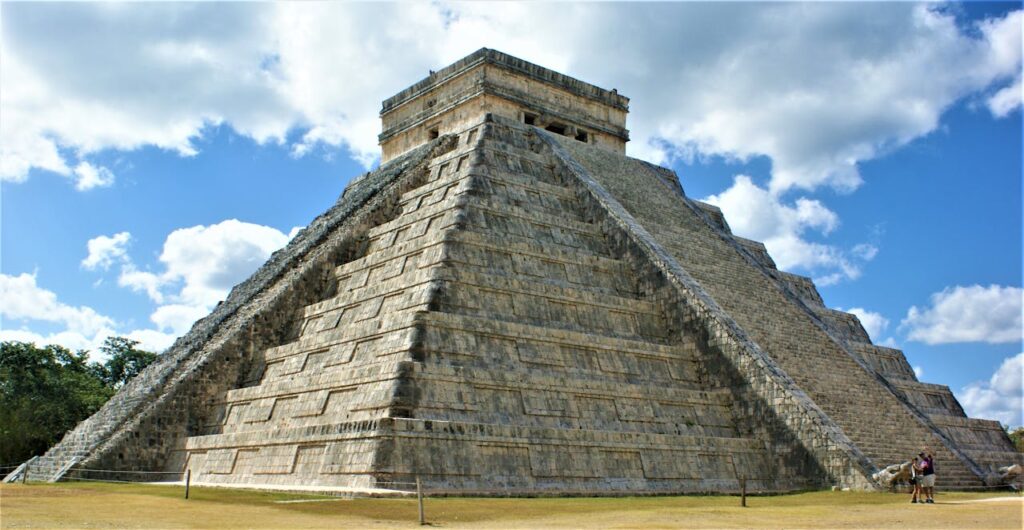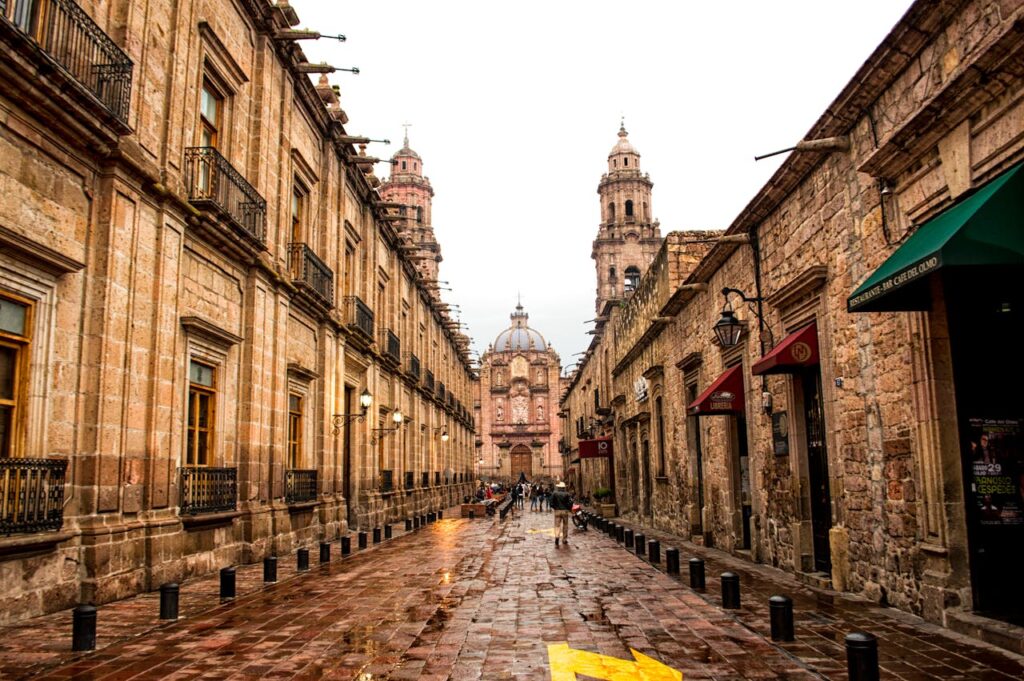
Interesting Facts About Mexican Culture (Read The Best 88)
Facts About Mexican Culture
Mexican culture, a unique blend of indigenous and European influences, stands out as one of the most vibrant and richly varied in the world. From the bustling streets of Mexico City to the ancient ruins of Chichen Itza, this culture reflects a history both deep and diverse. In this exploration of interesting facts about Mexican culture, we delve into aspects ranging from traditional Mexican cuisine to the cultural significance of the Mexican flag, shedding light on why Mexico is a treasure trove of cultural wonders.
The Heart of a Nation: Mexico City
- Capital City and Cultural Hub: Mexico City, the capital city of the United Mexican States, is not only the political heart but also the cultural soul of the country. As one of the largest urban areas in North America, it boasts a rich tapestry of history and modernity.
- A UNESCO World Heritage Site: Many are surprised to learn that parts of Mexico City are designated as UNESCO World Heritage sites. Testament to its historical and cultural significance.
The United States and Mexico: A Cross-Cultural Connection
- Shared History and Influence: The proximity and historical connections between the United States and Mexico have led to a rich cultural exchange. Influencing North America’s broader cultural landscape.
The Language of Culture: Indigenous Languages and Spanish
- A Melting Pot of Languages: While Spanish is the official language, Mexico’s linguistic landscape is much more diverse. The country recognizes numerous indigenous languages, highlighting the depth of its cultural roots.
UNESCO World Heritage Sites: A Testament to Mexican Culture

- Chichen Itza and More: From the iconic pyramids of Chichen Itza in the Yucatan Peninsula to the historic centers of major cities, Mexico’s UNESCO World Heritage sites illustrate the country’s rich history and cultural diversity.
Mexican Cuisine: A Flavorful Heritage
- A World of Flavors: Mexican cuisine, known worldwide for its bold flavors and unique ingredients like chili peppers, is an integral part of Mexican culture. Dishes wrapped in corn husks or banana leaves tell stories of culinary ingenuity and tradition.
The Rich Tapestry of Mexican Art and Symbols
- Frida Kahlo and Diego Rivera: These iconic artists represent the soul of Mexican culture. Their works, deeply rooted in Mexican history and society, reflect the nation’s struggles, joys, and vibrant spirit.
Chichen Itza: An Ancient Wonder
- A Glimpse into the Mayan World: The archaeological site of Chichen Itza, a marvel of the ancient Mayan civilization, is a key aspect of Mexican culture. Drawing millions to the Yucatan Peninsula each year.
The Mexican Flag: More Than Just Colors
- Symbolism and Pride: The Mexican flag, with its green, white, and red colors and the emblem of an eagle on a cactus, is a source of national pride and a symbol of Mexico’s rich history and independence.
FAQs About Interesting Facts About Mexican Culture

What makes Mexico City a unique capital city in North America?
Mexico City stands out as a unique capital in North America due to its remarkable blend of ancient history and modern urban development. As one of the oldest cities in the continent, it was originally built on the ruins of Tenochtitlan, the ancient Aztec capital.
This historical depth is juxtaposed with its status as one of the largest and most populous urban areas in the world. The city is a cultural melting pot, reflecting a fusion of indigenous and Spanish influences. Evident in its architecture, cuisine, and arts.
Home to numerous UNESCO World Heritage Sites, Mexico City encapsulates the essence of Mexican history, culture, and contemporary life, making it distinct in North America.
How does Mexican cuisine reflect the country’s cultural diversity?
Mexican cuisine is a vivid reflection of the country’s cultural diversity. It is a fusion of indigenous, Spanish, and other international influences. Traditional ingredients like corn, beans, and chili peppers, staples of indigenous diets, are combined with meats, dairy, and spices introduced by the Spanish.
Each region in Mexico offers its own unique dishes, showcasing local flavors and cooking techniques. From the seafood of the coastal regions to the hearty stews of the north and the complex moles of Oaxaca, Mexican cuisine is a diverse tapestry that tells the story of the nation’s varied cultural heritage and history.
What are some of the most interesting facts about Mexican culture related to its indigenous languages?
One of the most interesting facts about Mexican culture is its linguistic diversity, particularly in indigenous languages. Mexico is home to 68 national languages, including Nahuatl, Maya, Mixtec, and Zapotec, alongside Spanish.
This multilingualism is a testament to the country’s rich indigenous history and cultural preservation. These languages are not only spoken in daily life but are also pivotal in maintaining traditional stories, songs, and cultural practices. The government’s recognition and protection of these languages under the Law of Linguistic Rights illustrate the country’s commitment to preserving its cultural and linguistic diversity.
Why are Frida Kahlo and Diego Rivera significant in Mexican culture?
Frida Kahlo and Diego Rivera are significant in Mexican culture for their profound impact on art and their representation of Mexican identity and politics. Kahlo’s introspective and deeply personal paintings explore themes of identity, the human body, and suffering, often reflecting her own experiences.
Rivera, known for his large murals, depicted social and political themes, focusing on the working class and indigenous Mexican culture.
Both artists were deeply involved in Mexican politics and cultural movements, using their art to express national and cultural pride. Their works have become synonymous with Mexican art and continue to influence and inspire both in Mexico and globally.
What is the historical significance of Chichen Itza in Mexican culture?
Chichen Itza holds immense historical significance in Mexican culture as a major landmark of the ancient Maya civilization. Located in the Yucatan Peninsula, it was one of the largest Maya cities. And served as a political and economic center from approximately 600 to 1200 AD.
The site is famous for its architectural marvels, including the Temple of Kukulcan (El Castillo). Which showcases the Maya’s advanced astronomical and architectural knowledge.
Chichen Itza is a symbol of Mexico’s rich pre-Columbian history and is key to understanding the historical and cultural development of the region. It continues to be an important site for archaeological research and a source of national pride. Attracting millions of visitors annually.
Facts About Mexican Culture Conclusion (To be Continued…)
This initial exploration of interesting facts about Mexican culture reveals a vibrant and diverse country, rich in history, art, and traditions. From the bustling streets of its capital city to the ancient ruins of Chichen Itza, Mexico’s cultural heritage is as colorful as it is profound.




